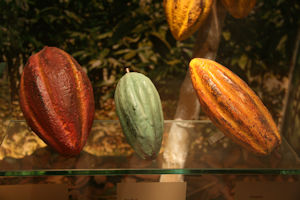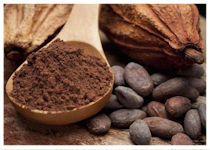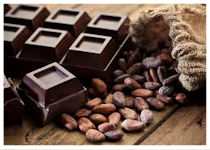Contrary to what many people believe, chocolates are not created equal. Chocolates vary in taste, texture and color and the quality largly depends on several key factors such as the tyoe of cacao bean used, the environment in which the beans were grown and how the beans were processed to produce the chocolate. The bean itself is a fundamental element in the creation of gourmet chocolates. There are three main varities of Cacao beans, which are primarily produced with 20 degrees north or south of the equator. Cacao trees need a constant warm or hot temperature throughout the year and they need high humidity and a lot of rainfall in order to thrive.

Unfortunately, Cacao trees do not grown very well in cold regions or in droughts. To make things even worse, Cacao beans must be planted within about six days from harvesting or they will die.
Of the three main varieties of Cacao beans, the Forastero bean is the most widely used, comprising of 80% to 90% of the world's cocoa produced. The Criollo bean is a rarer variety, is less resistant to various diseases that attack the cocoa plant and is considered a delicacy. The Trinitario bean is a hybrid between Forastero and Criollo varieties, has much better yields per pod and is resistant to many diseases that attack the cocoa plants.
Processing Cacao beans into gourmet chocolate involves a number of fundamental stages such as fermentation, drying and roasting. Each stage requires critical knowledge and experience to ensure the process is completed in a mannor which brings out the best taste possible for the final product. You may not be able to tell the difference between average chocolate and gourmet chocolate by simply looking at the bean, but you will definately know the difference by tasting them!






